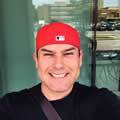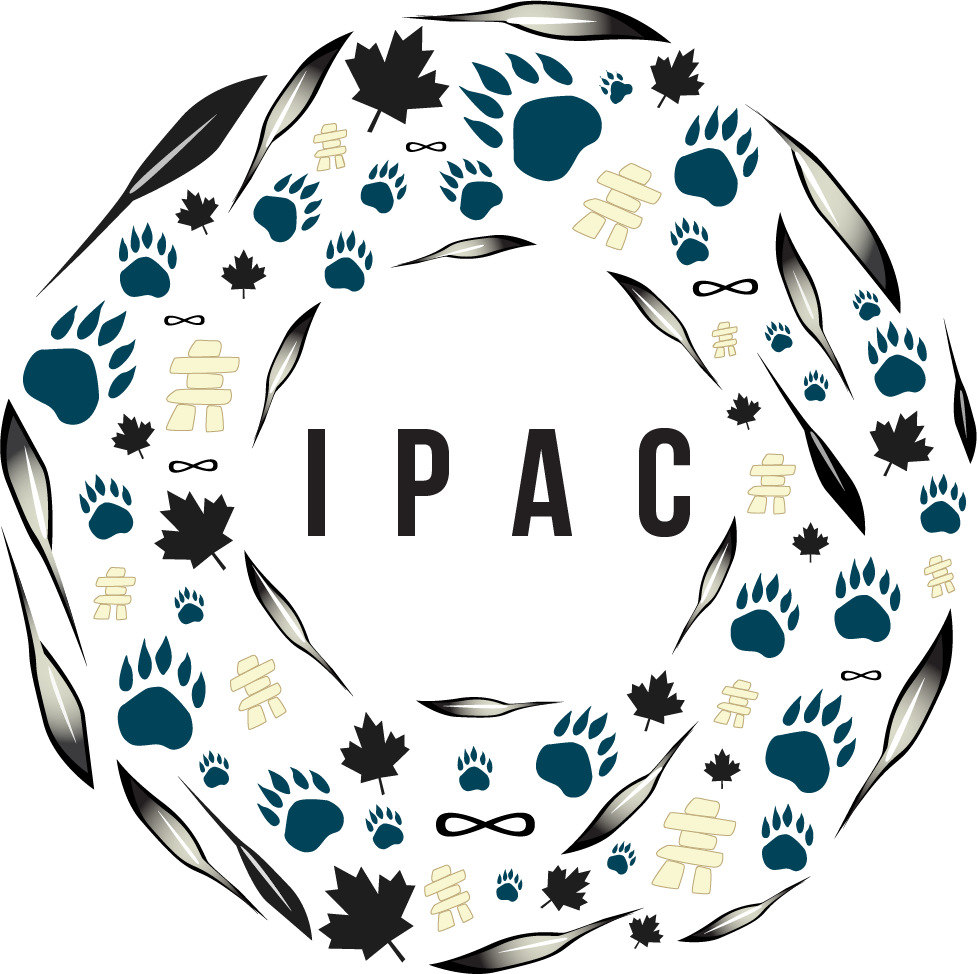RECOGNIZING EXCELLENCE - JESSE THISTLE

Describe your job in just under four sentences.
First Story, Rupertsland Institute: Metis Centre of Excellence, National Representative for Aboriginal Homelessness at Canadian Observatory on Homelessness, and Independent Historical Researcher.
Member of the Metis Nation of Ontario. My family comes from Park Valley, Saskatchewan, and Timiskaming, Ontario.
For First Story I research the Indigenous history of the Toronto area. Specifically, I work to indigenize the historical narrative of the city and make it known to the public that Toronto, despite its urban facade, is a space with a deep Indigenous history. I also work as an independent historical researcher on various university projects that seek to recover and write the lost history of the Road Allowance Metis of Saskatchewan from 1885 forward, because, as of yet, their history has been by in large obliterated from the Canadian historiography. Finally, as person with years of lived experience as both a once homeless addict and now an academic, I sit as the National Aboriginal Executive Chair of the Canadian Observatory on Homelessness and work to change policy that affects homeless Indigenous people across Canada. Accordingly, I work with homeless consumer survivors by connecting them with their Indigenous history which helps heal intergenerational trauma, a process I used on myself in my rise from homelessness to the halls of academia.
Why did you start working in your industry?
Not knowing my own history is what got me interested in Indigenous history. I like to think of a person’s life like the last scene in a movie. If you watch only the last scene of a film it is chaotic, incomprehensible, and you don’t understand the entirety of the movie itself. Well, I was raised without knowing my Indigenous history or culture and it was really damaging to my self-confidence and self-understanding and it blinded me from seeing the inter-generational effects of colonial trauma that plagued my family. Ultimately, not knowing my history made me into a troubled youth which in turn led to homeless and addiction issues. When I rediscovered my Indigenous history through historical research at university it transformed my life. I came to understand the last scene, my scene, in my family’s movie, and I understood how colonization had informed my family’s history and informed generations of my family’s decisions. With understanding came forgiveness, and with forgiveness came peace, personal freedom, and long term success in academia and beyond. That is why I work at recovering Indigenous history, the process can be applied to individuals or communities as a whole and watching people rediscover their ancestors and find pride in their people is the most beautiful thing I have ever seen – it reminds me of flowers blooming, inner beauty exploding to all its glory.
What do you enjoy the most about your job? What aspect makes you learn the most while on the job?
I enjoy helping Indigenous people understand who they are, where they come from, and how they got to where they are now; I don’t have all the answers and I know I only know a portion of the totality of Indigenous history on Turtle Island, but I like helping people understand their history and in my small way I try to relay what I know. It is empowering to help people meet their ancestors and learn that we Indigenous people of Turtle Island are survivors who are resourceful, resilient, and, most of all, strong. I can literally see whole communities get stronger and mend when they reconnect with their histories. Treaty history, in particular, has this effect as it delivers agency to our ancestors and shows that they made rational decisions in signing treaties with Canada; a history that is quite different than the one that has been perpetuated in Canadian historiography whereby the government ‘granted’ treaty terms because they were acting as altruistic and long-sighted bureaucrats who were trying to alleviate Indigenous suffering in the face of expanding settlement. Wrong! Researching treaty history has the two part effect of making Indigenous people proud of their ancestor’s decisions while offering a real legal toehold in which First Nations can hold the government accountable for unfulfilled treaty promises and agreed upon terms.
Where do you see yourself in 5 years?
I see myself in my PhD on my way to a tenured track position, uncovering the history of Canada’s forgotten people – the Road Allowance Metis of the Canadian Prairies. As well, I see myself working as a researcher and consultant on treaty claims searching for and presenting historical documents that will aid First Nations, Metis, and Inuit in land claims proceedings against Canada. I will also be teaching and lecturing in universities across Canada and helping people understand the true and long history of Turtle Island. Lastly, I am already publishing and writing and will continue on that path and should have at least one monograph released with about 8 or so more peer reviewed articles published in major scholarly journals.
What does success look like to you?
Success looks like family and community to me. Like I said, my research and scholarship is all geared towards bettering our people, bettering myself, and healing the inter-generational effects caused by the amputation of our history which was caused by colonialism. So to me, success is measured by how many are people living healthier lives, how many people I have helped rediscovery of themselves, and how many I help meet their ancestors – those are the measures of success for me. Also, I wouldn’t mind having a large family with my beautiful wife, Lucie, where I can protect and provide for my lot as Creator intended.
What has been the most outstanding moment thus far in your career?
The most outstanding moment of my career has been working with the Mississauga of the New Credit on a documentary about the treaty history of Toronto and screening it the Native Canadian Centre of Toronto. People were just astonished to see that Toronto is treaty land and that parts of it have never been surrendered. A very close second is helping homeless people write their personal histories into an ebook for the Homeless Hub. Third place has to be when I, as President of the Aboriginal Student’s Association at York University, spearheaded an initiative that saw the inclusion of the Two Spirit Flag and Drum at York’s annual Pow Wow – it was the first time both had ever been included in a University Pow Wow setting in Canada as far as I’ve heard. By including the Two Spirit flag and drum our 2014-15 ASAY council made York U a more inclusive and safe environment for all our people in perpetuity.
Do you volunteer? If so, where and why is that important to you?
I volunteered for the Aboriginal Student’s Association and York University three years in a row. First as the Internal/External Affairs Officer, then as the Vice President, and finally as President. I volunteered at ASAY to create a welcoming and productive environment for Indigenous students who often feel alienated in western academic settings. I also volunteered for the York University Pow Wow committee, twice as just an organizing member, and the last year as its lead chair. Again I did this to make York University an indigenized space that allows growth for our youth. I also volunteer for the Homeless Hub and offer consulting on key issues that I have insight into as I have been on the streets and know how institutions and the government interact with marginalized peoples; in this capacity I consulted and crafted the Canadian national definition of homelessness which is used by informs Federal and Provincial government policymakers. Lastly, I am the Education Chair and a council member of the Toronto and York Region Metis council that represents the broader Toronto Metis community and tries to bring awareness through cultural, education, and social events and gatherings.
Do you have any advice for other Indigenous professionals in Canada?
What do you think is the most unique challenge for an Indigenous person in your industries?
The most challenging thing for Indigenous people in my industry is breaking into an industry that has been traditionally dominated by Euro-Canadian historians who are heavily invested in keeping the national narrative of Canada safe. By this I mean that the historiography of Canada has been written to excuse or completely ignore the injustices the government has perpetrated towards Indigenous peoples is firmly and entrenched, and dislodging the ideas that have been falsely written is very difficult and is the hardest thing in rewriting Canadian history, but I am up for the challenge.
What made you interested in joining the Indigenous Professional Association of Canada and why would you encourage others to join?
I was interested in joining the IPAC because I know Indigenous the people in this group represent the future. We, in this group, possess the 8th fire and we are the 8th fire, and in knowing each other and what we are, we can network and bond together into a collective of young Indigenous power players that can effect real change, not only for ourselves, but also for our people, and for Canada as a whole. I see joining the Indigenous Professional Association like investing in a company that is at ground level that I know is going to exponentially grow and multiply and pay untold dividends; the neat thing about it all is for this endeavour to be successful all I have to invest is time and share my dreams with likeminded Indigenous go getters. Really, it’s a win-win situation all around – I just can’t lose by being part of the IPAC.

